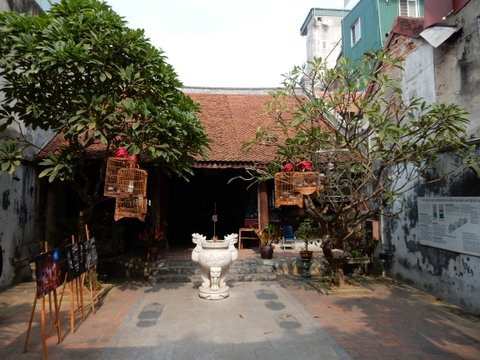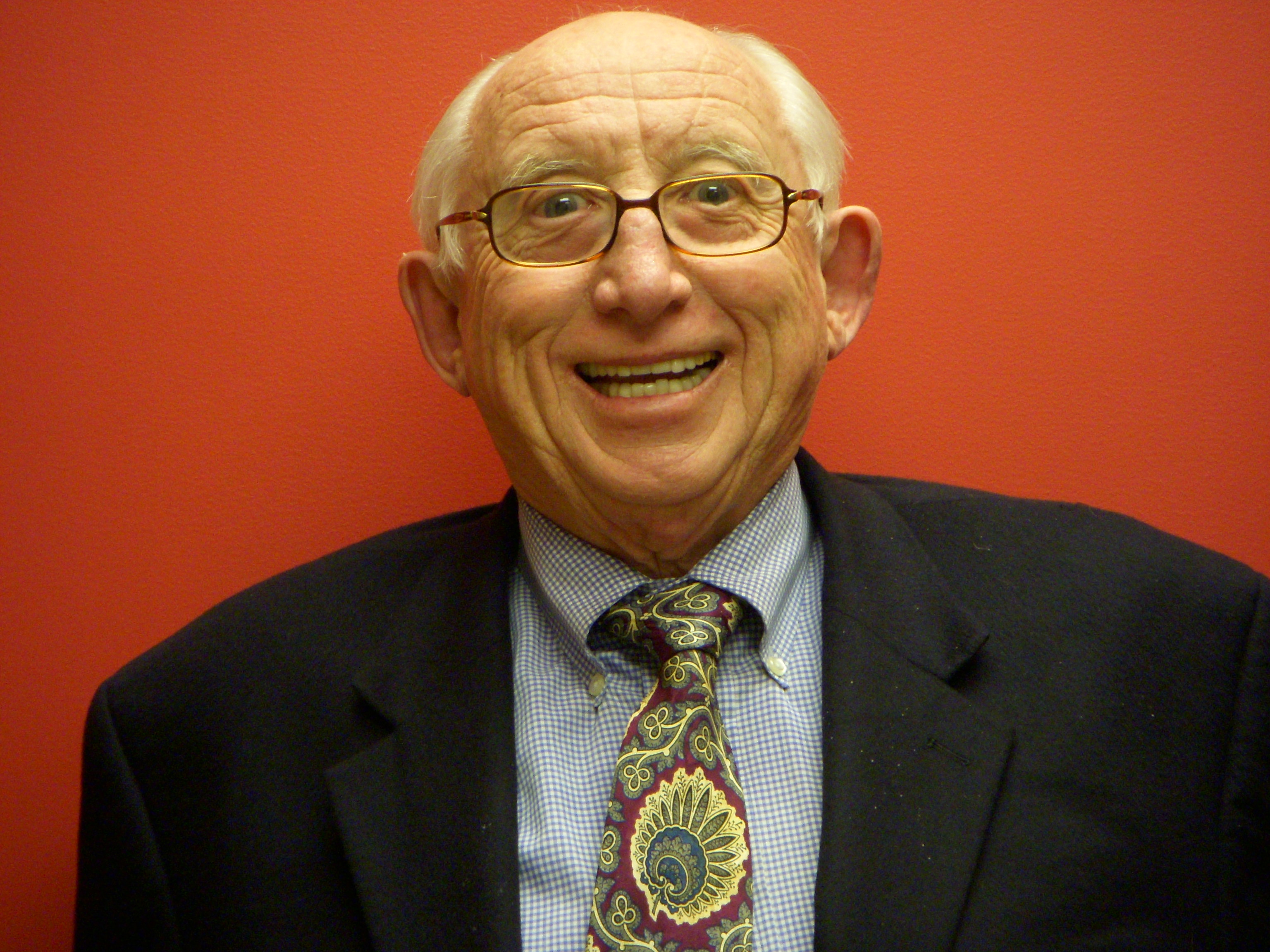Patrick Ferise, a producer of P.O.T.U.S. on Sirius XM, often packs a Flip camera and shoots for the radio show’s Web site.
Last Friday, Ferise pulled out his Flip during “White House Chronicle” Host Llewellyn King’s weekly in-studio talk with P.O.T.U.S. Host Joe Mathieu. Ferise posted King’s remarks on immigration and the Dream Act, and President Obama’s Afghanistan strategy, which drew these comments:
Omar Abhari: Love Llewellyn King. Can you please do me a favor though? Can you somehow get him to say “Ministry of Love” and “Big Brother” at some point during his next visit. A while back, instead of re-reading “1984,” I got the audio version and the narrator sounds just like him!
Kristina Slagle: Thanks for posting!!
Tina Flatt Winsett: How I wish everyone in and reporting on Washington was as straightforward and no-nonsense as Mr. King. Loved his very apt description of the C Street house and its inhabitants!
Herb Klinker: What a treasure is Llewellyn King! I could listen to him for hours. His perspective today on Obama and Afghanistan was particularly poignant!







